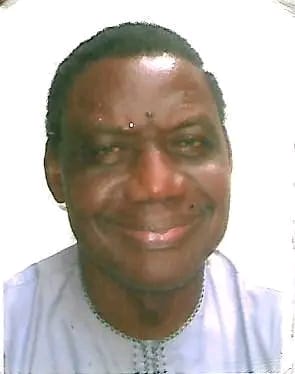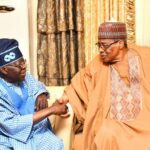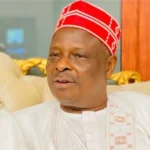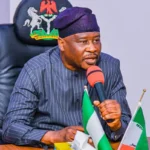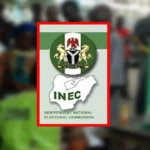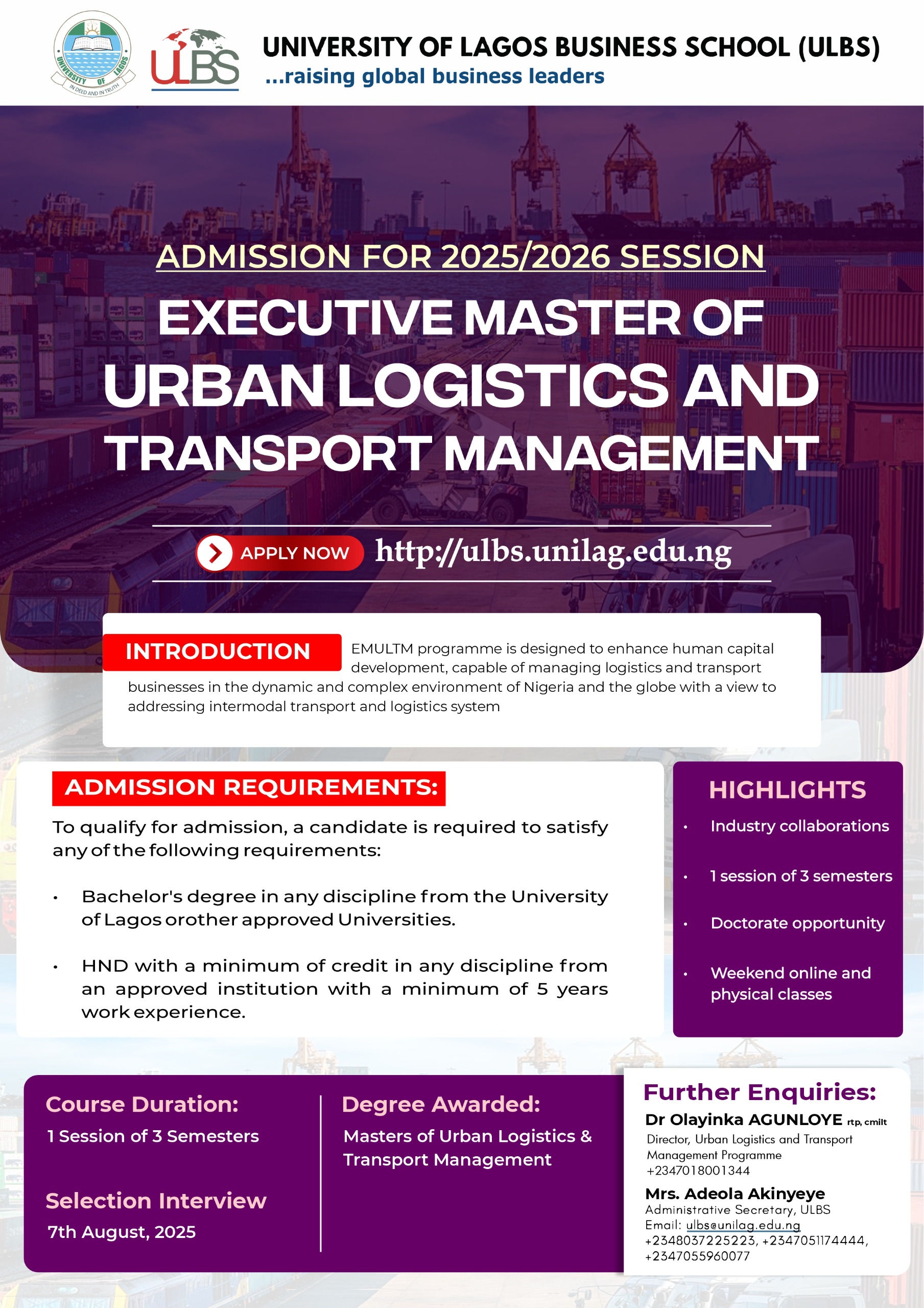Ayo Baje
“The greatest contribution to economic growth is not physical infrastructure, but brainpower; what I refer to as” gray matter infrastructure”.
We must now invest in better nutrition for African children who are the future of the continent “-Dr. Akinwumi Adesina, President AfDB( at the Annual Meeting of the bank in Lusaka, Zambia,May 23, 2016)
With the noble Vision of the African Development Bank (AfDB) to ” envision a prosperous, inclusive, resilient and integrated Africa, focusing on accelerating inclusive green growth and driving prosperous and resilient economies across the continent” the bank has been positively impacting the quality of life of millions of citizens across the continent, for decades. But going by the startling statistics of the Human Development Index, HDI of the richest and the poorest African countries, there is still much to be done to pull many more millions of Africans from the ignoble pit of mass poverty and ignorance, in sync with the vast natural resources that the Creator has blessed the continent with. Meanwhile, what is the meaning of the HDI and what disparities still exist, and more so what lessons should the African presidents be gleaning from the sanitary efforts of the AfDB?
Put in its simplest terms the ” HDI is a summary of measure of a country ‘,s average achievements in three key dimensions of human development “. These entail a long and healthy life, access to quality knowledge delivery, and a decent standard of living. That comes about as calculated by the United Nations, UN. What is disturbing is the clear differences between the HDI of the richest African countries and the poorest ones. For instance, the Gross Domestic Product, and GDP per capita of the top 5 richest African countries as of 2024 are as listed. Seychelles leads with 0.802 while the other four are Mauritius (0.796), Algeria (0.759), Tunisia (0.739) and Botswana (0. 728). Take note, that according to the United Nations Development Program (UNDP) data Nigeria does not rank amongst the top five prosperous African countries. Neither does it rank amongst the poorest. Amongst these are South Sudan (0.347), Burundi (0.350), Central African Republic, CAR (0.358), Niger (0.345) and Chad (0.373). The interventions of the African Development Bank are required to reduce the poverty challenge. So, how far has it fared? That is the million naira question.
The answer is predicated on the strong pillars of AfDB’s popular ‘High 5″ priorities focused on infrastructure, agriculture, integration of some countries, impacting the lives of the people and boosting economic growth. Distilled in its essence, these are spelt out, Light Up and Power Africa, Feed Africa, Industrialize Africa, Integrate Africa and Improve the Quality of Life for the People here in Africa. To break them down the first called Light Up and Power Africa is aimed at increasing access to electricity, connecting millions to the grid and promoting renewable energy. On its part, the Feed Africa initiative supports agricultural development through initiatives like Technologies for African Agricultural Transformation ( TAAT), which has bósted wheat production in countries such as Ethiopia and Sudan as well as maize production in Kenya and South Africa.
Furthermore, the Industrialize Africa project comes through direct investment in infrastructure, skills development and supporting the growth of Small and Medium-scale enterprises. Of similar significance, Integrate Africa supports regional integration through infrastructural projects, trade facilitation and economic cooperation initiatives. And last but not least the initiatives are aimed at improving the Quality of life for the African people through which the AfDB supports projects that improve access to clean water, sanitation, healthcare and education. Noteworthy, is the fact that under the watch of the Nigerian-born Adesina, the former Minister of Agriculture and Rural Development, under the Dr Goodluck Jonathan-led administration that made a positive impact on the rural farmers and lifted the HDI of Nigerians, a similar transformation has been brought to bear on the several African countries. Little wonder that he is the proud winner of the World Food Prize in 2017, as well as the prestigious Sunshak Peace Prize Laureate in 2019. What is important, therefore, are the important lessons for African political leaders to learn from his illustrious career trajectory, emulate and imbibe from the ‘High 5’ initiatives.
One African country that has keyed into AfDB’s impactful’ High 5′ projects and reaped bountifully is none other than Tanzania. It should interest other African countries that within three years of becoming the president in 2021, Samia Suluhu Hassan has achieved what others have not. For instance, under her administration, the country has recorded an astonishing 128 % status in food security, to the extent of exporting surplus to five African countries. All these were achieved with a focus on productivity, supporting farmers and creating an enabling environment for agricultural growth. The key ingredients that have spiced the achievements include investment in research, seed production and irrigation farming.
It is of significance to note that Tanzania is the first country to set up a Presidential Delivery Council to oversee the implementation of its Food and Agricultural Delivery Compact. That is a holistic approach to the sustainable development of the sector. In addition, the Agricultural Sector Development Strategy has created a conducive environment to improve the profitability of the sector. That is also aimed at reducing rural poverty, which it has achieved. It is, therefore, important for us to understand what President Hassan said about the AfDB
She has indeed praised the bank as ” a dependable partner” and being ” the best partner for our development” while recognizing AfDB ‘s positive impact on the country’s socio-economic development and transformative projects. These are, therefore, the lessons for the leaders of the continent to glean from and keep promoting, all in the interest of improving the people’s Human Development Index, HDI.
Going by Adesina’s notable remarks on human nutrition, made during the bank’s Annual Meeting on May 23, 2016, Africa accounts for 20 out of the 24 countries in the world with children’s stunting rate of over 40%. Worse still, 22 out of the 34 countries that collectively account for 90% of the world’s stunting live in Africa! And about 58 million African children under the age of 5 years are too short for their age.
This sad situation should, therefore, serve as a wake-up call to the policymakers and those who implement them to devolve more budgetary allocations to both agriculture and education. With that done, enhanced by transparency, probity and accountability there will be a “grey matter infrastructure” in place, as Adesina has rightly called for. The time to start the much-needed action is now.

